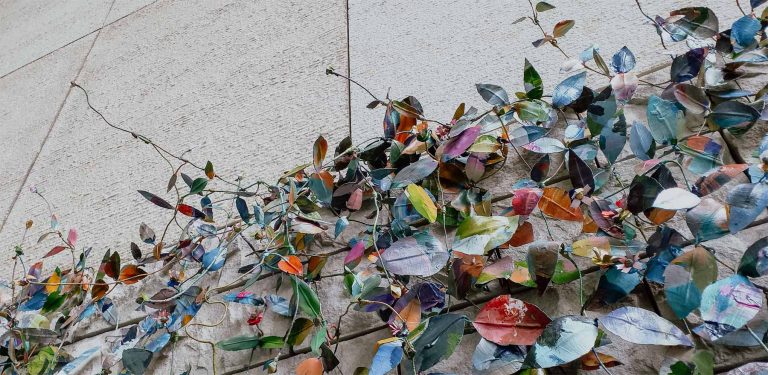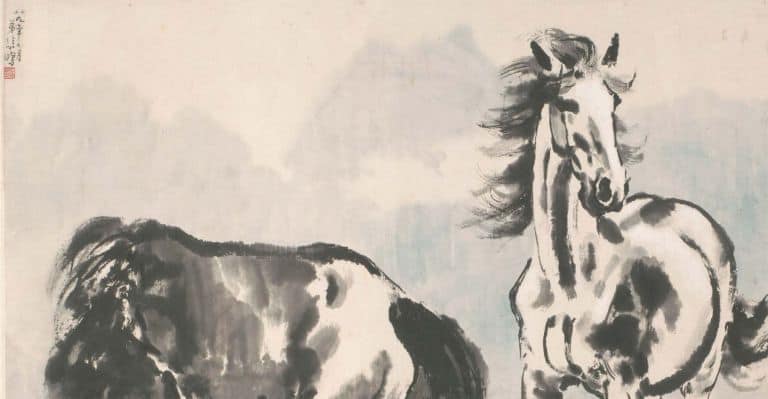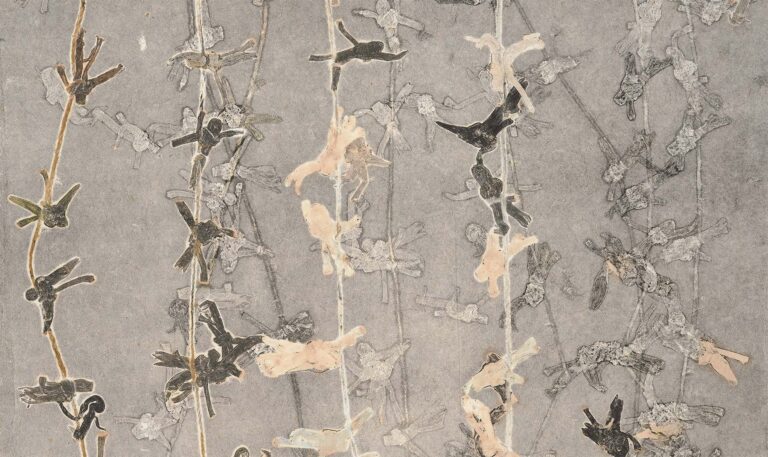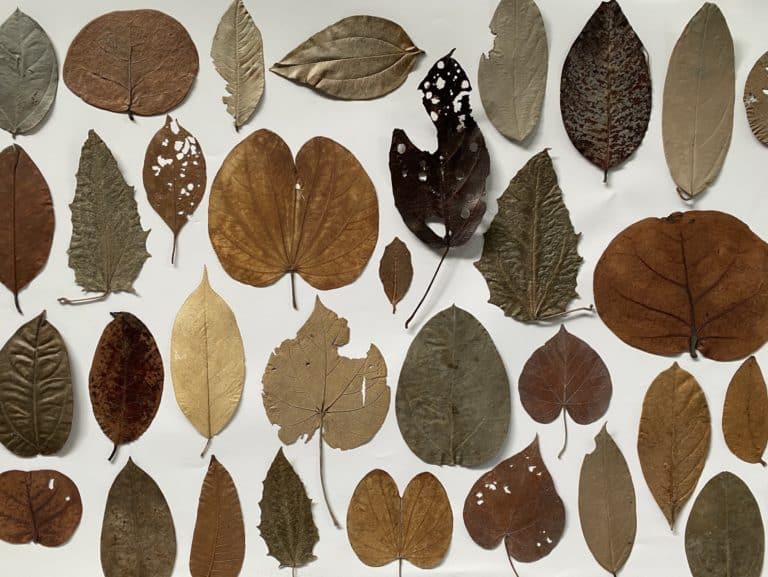Singapore artist Robert Zhao Renhui made waves recently with the news that he’d been shortlisted for the prestigious Hugo Boss Asia Art Award. He didn’t win, but we do think that he’s an excellent photographic artist regardless. Here’s a brief look at his work A Guide to the Flora and Fauna of the World, which cleverly references the historical use of photography for the documentation of scientific fact.
In the work, Zhao put together a compendium of objects and creatures that at first glance, appear natural, but are in fact entirely man-made (for example, decorative aquarium fish). In this series of photographic artworks, Hermanto Soerjanto notes that Zhao’s depicted “many kinds of human-engineered flora and fauna, mixing actual species with ones that he made in Photoshop.”
It, therefore, becomes a struggle to differentiate the “real (objects) from the fake ones as our sense of reality has been blurred.”
(Cue this terrific tune).
Zhao’s eclectic collection of creatures includes a “remote- controlled cockroach,” a living creature which has electrodes fitted into it so that its movements can be controlled by humans, who then send electrical pulses to its brain:
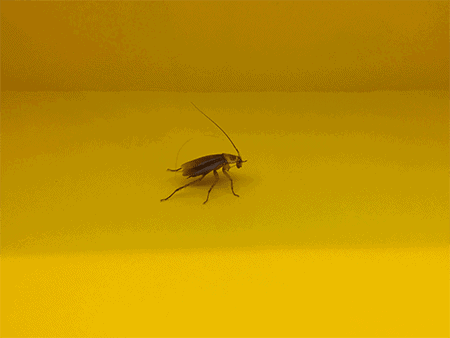
This particular advance (or abomination, depending on one’s view) has broken some exciting new ground in surveillance and may be used to detect signs of life where humans have been trapped in earthquake rubble. This bizarre (but nonetheless real) creature may be contrasted with the “blood bee,” which is a bee addicted to caffeine and sugar in discarded soda cans due to a declining natural supply of nectar in the wild:
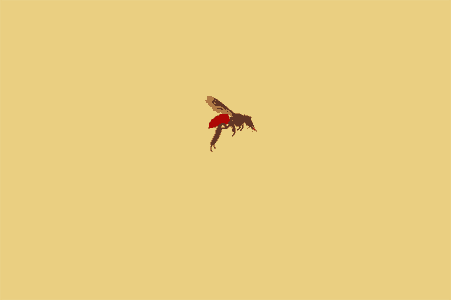
In Singapore, the story goes that the red “blood bee” has raided a factory producing sodas of various colours. The red dye from a certain brand of soda remained in the fictitious bees’ bodies even after they had processed their food into honey. Over time, Zhao explains (oh-so-seriously), the stomachs and honeycombs of these bees turned red.
In this work, viewers are confronted with a number of “man-made creatures,” some genuine, and some not. The objects and creatures are also presented in a brightly – coloured scientific table, an item which features prominently in Singapore school textbooks (and which would be instantly recognizable to a viewer who had been schooled in Singapore):

Zhao’s doctoring of images of natural creatures, interspersing the false with the real, challenges the viewer’s conception of reality. The image manipulation is satirical and re-allocates importance to the natural environment, highlighting the morbid way in which human beings have altered their surroundings – a sort of “truth is stranger than fiction” approach.
While humans would typically control scientific endeavours involving nature, Zhao challenges this relationship, using image manipulation in order to emphasize the arbitrariness and absurdity of scientific innovation.
Zhao’s work also conceptually references scientific photography, which is centred around the objective observation of elements. Scitable provides an excellent summary:
“Photography has… been valued as an objective technique of observation, freed from the potential for human error implicit in the older method of sketching experimental observations. Just as important, photography can gather data that can’t be detected or processed by the human eye. Using technology that captured the scattered path of invisible X-ray beams, for example, Rosalind Franklin in 1952 was able to reveal the precise structure of intertwined DNA molecules — what we now recognize as the double helix.”
Additionally, photography can even “slow down” events that are ordinarily too quick for the eye. In 1878, for example, Eadweard Muybridge’s revolutionary photographs of a horse in motion settled a longstanding dispute about whether all four of a running horse’s feet are ever off the ground at the same time (they are).
The aesthetic device which is employed in A Guide to the Flora and Fauna of the World is that of a colourful periodic-table type categorization of Zhao’s manipulated creatures.
The table is also accompanied by books, “live” specimens and an online encyclopedia of-sorts providing further details in respect of each of the objects and animals featured. To this end, Zhao challenges our reality which champions the idea that scientific fact presents the gospel truth. The pseudo-scientific “objective” presentation of these creatures and objects prompts questioning on the part of the viewer on what modern science truly is, given the aberrations of nature that it has produced, and given laissez-faire prevailing human attitudes towards animal conservation.
This idea resonates particularly in a Singaporean context, where urbanisation and growth are often prioritized over natural conservation.







